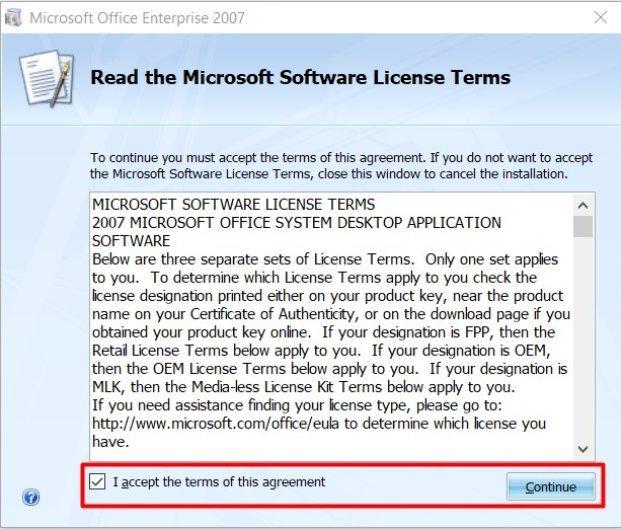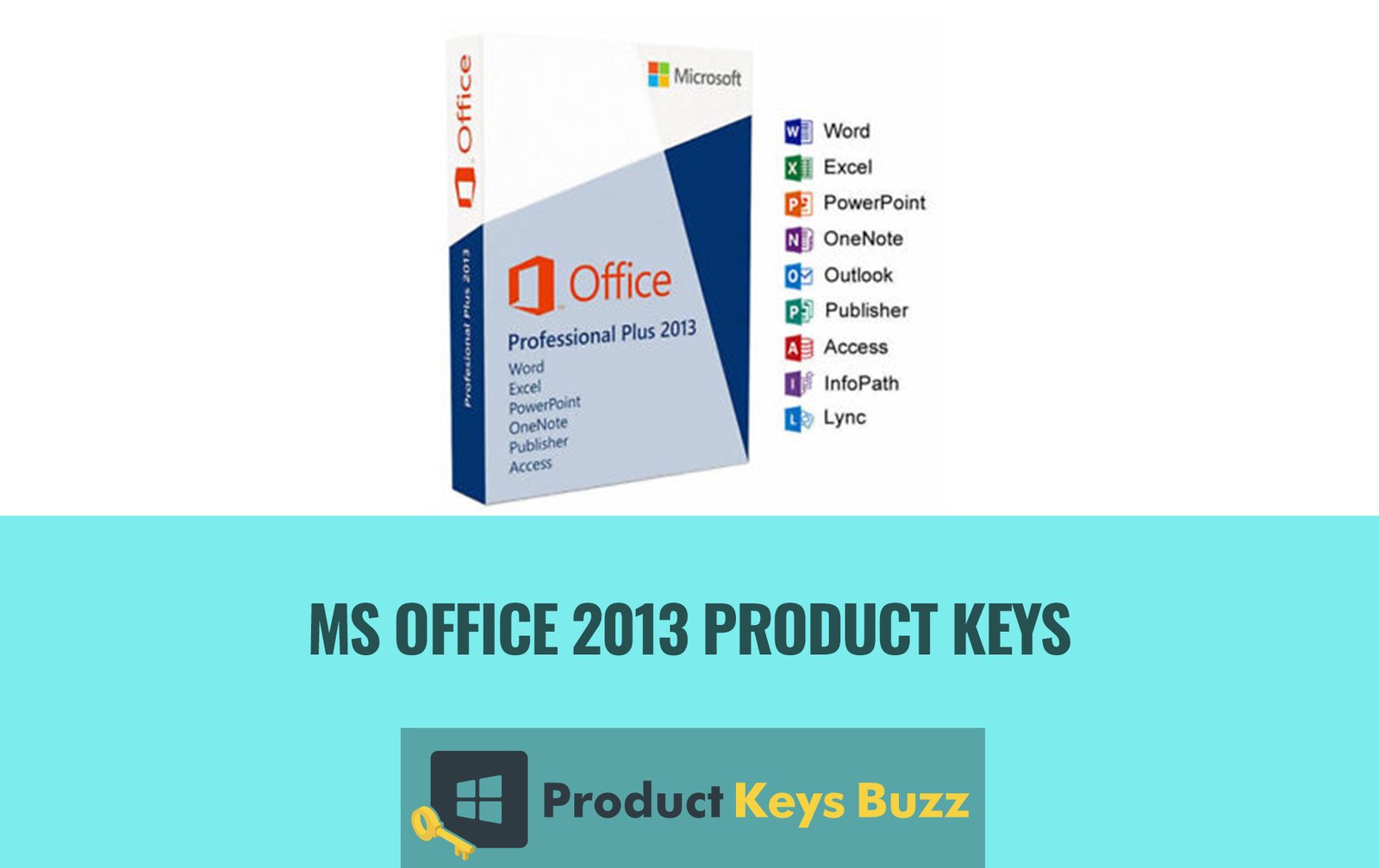

Go to the place in your document where you want to insert a Table of Tables or Table of Figures and do the following for Microsoft Word 2007: Because you label each item as a Table or Figure, it’ll be easy to create two separate tables. You may need a separate table for figures and tables from the Table of Contents. Select the table or figure needing captions.Ĭreate a Table and Figures Index in Microsoft Word 2007.To add captions to figures and tables in Word 2003, use the following steps: Change other options depending on your needs such as moving table captions to the bottom.Īdd Captions in Word 2007 Add Captions in Microsoft Word 2003.Select Table or Figure in the Label box depending on the item getting a caption.Enter the caption into the Caption box.Select Insert Captions from the Captions group.Select the table or figure needing a caption.For Word 2007, you need to use the Reference Ribbon to get what you need. Microsoft Word 2007 works differently from earlier versions of Microsoft Word. Adding Captions to Tables and Figures in Word 2007 However, you can change this in the Captions dialog box. Using this set up to label tables and figures ensures they show up in the table of contents, especially if you need to create a “Table of Tables” (yes, that’s what it’s called) and a “Table of Figures.” The standard for most formal documents is to display the caption for the table on top and the caption for the figure on the bottom and Word knows to do this. Besides, they offer a nice break from all the content.

Figures and tables support the thesis and give it a visual look for data or information. When this becomes a problem, I start with a fresh document using the shortcuts I know to copy and paste the thesis into the new document. It’s like you can’t untangle the mess no matter how hard you try. These students grow tired of dealing with Microsoft Word’s quirks.


 0 kommentar(er)
0 kommentar(er)
